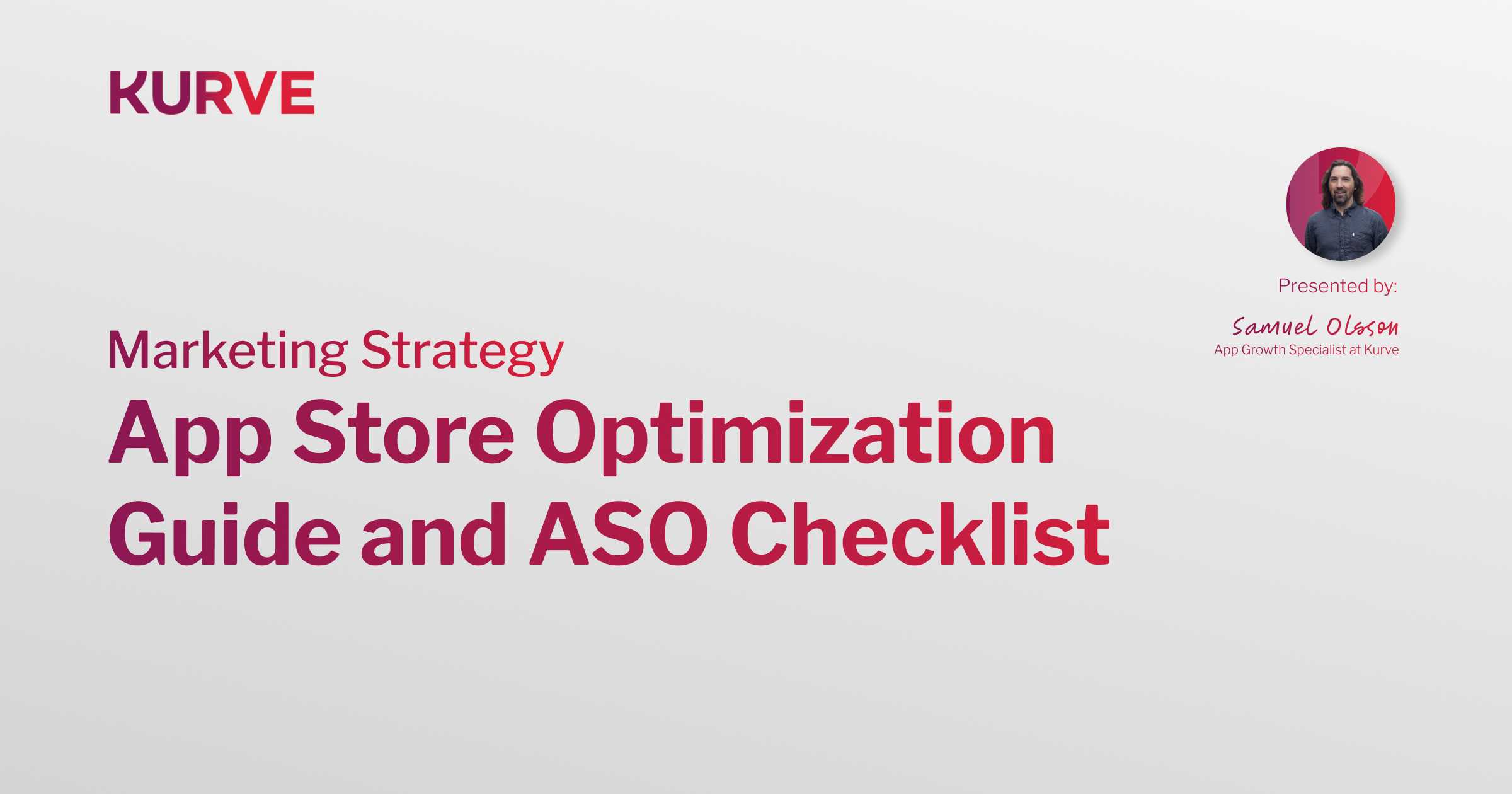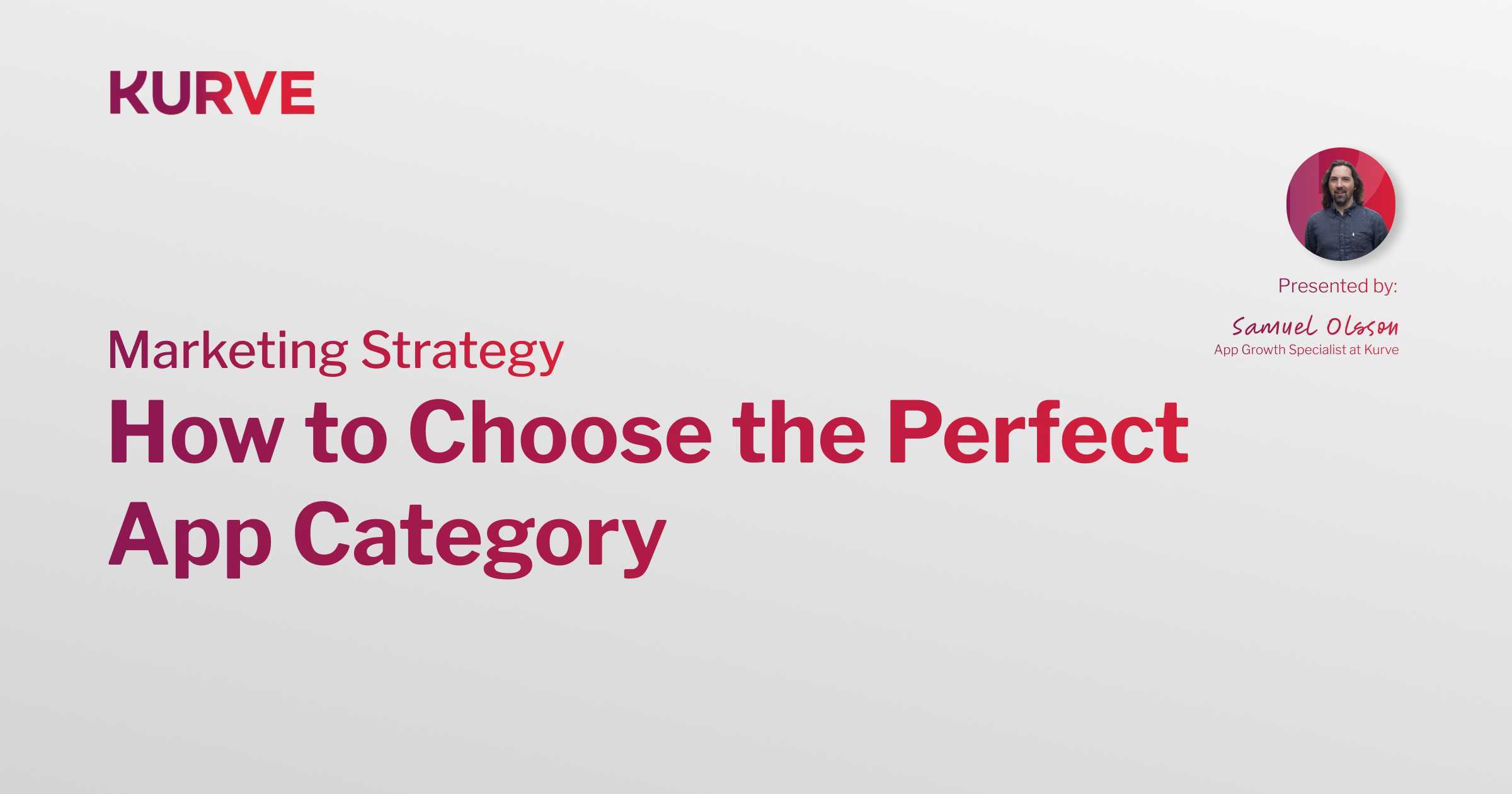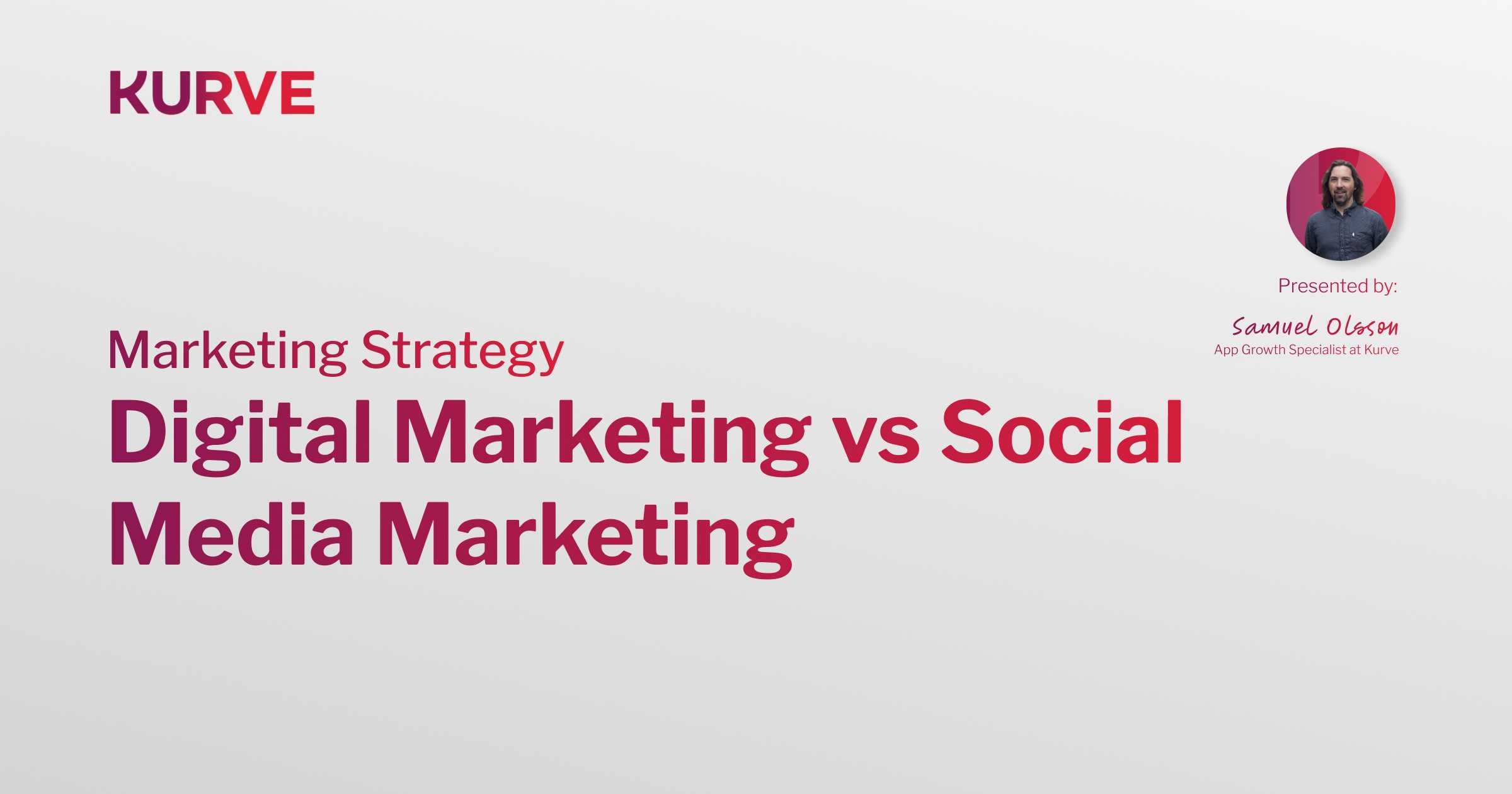The Secret to a Perfect Customer Journey Map for App Businesses
App user journey maps look relatively simple, but they require expertise and experience to get right. This article will help you research and design an app user journey map better than your competitors.
An app user journey map is a visual diagram that highlights the different steps a user takes when interacting with your mobile app. It encapsulates the user’s experience, from initial discovery to onboarding, engagement, retention, and beyond. It includes in-app interactions, notifications, and any external touchpoints such as customer support or marketing campaigns.
This map may show the start-to-finish route for a user’s full engagement with your app or just a particular aspect of it, such as onboarding or conversion. It helps app developers and marketers visualize the actions and motivations at each stage, enabling them to understand the barriers that prevent users from continuing their journey.
By identifying these gaps, you can streamline the app experience and provide the right in-app content, features, or incentives when users need them most. An effective app user journey map will help boost conversions, reduce churn, and improve long-term retention.
In this article, I will outline:
- How to start building an app user journey map
- The key considerations for an app user journey map
- How to gather the right user data
- App user journey map templates and designs
How to Start Building an App User Journey Map
An app user journey map allows you to view the full experience through the eyes of the user. From initial awareness, to onboarding, regular engagement, in-app purchases, and referrals, the map should illustrate each user’s hesitations, thoughts, feelings, and motivations at every stage.
To build a comprehensive user journey map, here are key steps:
1. User Personas
Understanding who your users are is critical. Create user personas that reflect different types of users, their motivations, pain points, and behavior patterns. Consider demographic data, usage habits, and in-app interactions to refine these personas.
What motivates them to use the app? What are their expectations? What concerns do they have about security, usability, or value? These insights will shape your journey mapping.
2. User Stages
App user journeys often follow common patterns, though they can vary based on app type. Typical stages include:
- Discovery: Users become aware of your app via ads, organic search, or word-of-mouth.
- Onboarding: Users download and set up their account, experiencing their first interactions.
- Engagement: Users interact with key app features, content, or services.
- Retention: Users return to the app regularly and take valuable actions (e.g., purchases, sharing content).
- Advocacy: Users refer friends, leave positive reviews, or promote your app.
3. Establish & Track Goals
Define goals for each stage of the user journey. What do you want users to achieve at each step? Use analytics tools like Google Firebase, Mixpanel, or Amplitude to track user flows and identify where users drop off or disengage.
4. Identify Key Touchpoints
Touchpoints are interactions that influence user decisions. In-app touchpoints include:
- Push notifications encouraging action
- Personalized recommendations or offers
- In-app messages guiding users to key features
- Checkout or subscription flows
Each touchpoint should be optimized to ensure smooth, engaging, and conversion-friendly user experiences.
App User Journey Map: Key Considerations
There are key elements to consider when designing an app user journey map:
Emotion:
Users’ emotions drive engagement and retention. From excitement at signup to frustration during a poor UX flow, mapping emotional states helps you optimize experiences to reduce churn and increase engagement.
Critical Moments:
Identify moments that make or break the user experience—such as onboarding completion, first in-app purchase, or sharing the app with friends. Enhancing these moments can drive user loyalty.
Empathy:
To create a compelling user journey, put yourself in the user’s shoes. What pain points or frustrations might they experience? Understanding this will improve app usability and user satisfaction.
Segmentation:
Not all users are the same. Some may engage quickly, while others need multiple touchpoints before committing. Segmenting user journeys based on behaviors (e.g., high-value users vs. casual users) allows for personalized experiences.
How to Gather the Right Data
Both qualitative and quantitative data play a role in journey mapping:
Quantitative Data:
- In-app analytics (Google Firebase, Mixpanel, Amplitude)
- A/B testing results
- Funnel analysis (where users drop off)
Qualitative Data:
- User surveys and interviews
- App store reviews and feedback
- Usability testing sessions
Challenges When Building an App User Journey Map
Creating an app journey map is not without challenges:
1. Non-linear Journeys: Users don’t always follow a straight path. They may download the app and abandon it, returning weeks later. Understanding these behaviors is key.
2. Cross-Device Complexity: Users may switch from mobile to tablet or desktop. Mapping these transitions ensures seamless experiences.
3. Keeping Maps Updated: As user behaviors evolve, your map should be dynamic. Regularly update it based on new data.
App User Journey Map Designs
There’s no single template for journey maps. However, many successful maps follow formats that include:
- Stages of the journey
- User actions at each stage
- Emotional states
- Barriers and pain points
Tools like InDesign, Canva, and Lucidchart are useful for designing visual journey maps.
Final Takeaways...
A well-crafted app user journey map provides a holistic view of user interactions, emotions, and needs. It helps optimize touchpoints and identify friction areas.
By understanding user behavior and continuously refining the journey, you can increase app engagement, improve retention, and drive sustainable growth.
Want expert help mapping your app user journey? Contact us to develop a data-driven strategy tailored to your app's growth.


